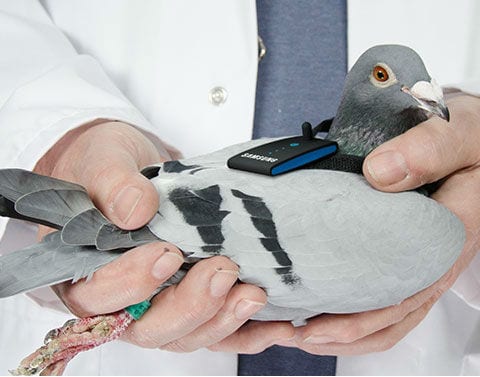
by Pigeon Patrol | Oct 26, 2023 | 4-S Gel Bird repellent, Animal Deterrent Products, Bird Deterrent Products, Bird Law, Bird Netting, Bird Spikes
The politicians are seated in a semi-circle at a meeting of the council. One by one, they raise their voices as part of the deliberation. “I believe it is time we took a position on this,” says a black-blazered woman. “It’s not an industry that I want to support,” a second woman, wearing dark-rimmed glasses, reads into the official record.
“It’s time,” concludes the mayor, donning the heavy chain that is the insignia of his office, “to end the practice in our community.”
It is a fall meeting of the District of North Vancouver’s city council and they are discussing whether people should be allowed to keep pigeons. Councillors Lisa Muri, in the blazer, and Megan Curren, with the glasses, ultimately vote with the mayor in favour of an outright pigeon ban.
Coun. Matthew Bond, one of those who votes against, says skeptically, “I don’t necessarily see this as a good use of our time.” But the bylaw passes, four to two.
Something smells, though. Only one property in the community is known to harbour pet pigeons. Only one complaint about pigeons, dating back several years, is known to be active. Only one city councillor has recused herself from the discussion. “I have been in a situation like this,” Coun. Betty Forbes says, at the same meeting. “So I’m stepping aside.”
One plus one plus one equals . . . a conflict of interest?
Documents obtained by the CBC under access-to-information seem to bolster that view of events. The “situation” was that Forbes lived next-door to pigeons. That she did not like pigeons. And that after complaining to the city as a private citizen to no avail, she took matters into her own hands; after being elected to council in 2018, in an email to two fellow councillors, she requested a bylaw banning residents from keeping the birds.
Emails viewed by Maclean’s suggest that during the spring, Muri initiated a process to change the district’s pigeon ownership rules, and kept Forbes up to date on its progress. But the whole project has since run into trouble because it turns out Kulwant Dulay, Forbes’ neighbour, cares deeply about his pigeons. He cares enough to go to court.
His petition to B.C. Supreme Court, dated Dec. 4, seeks to have the bylaw declared illegal and set aside. It relies heavily on the CBC’s reporting, referencing emails between Forbes and Muri earlier this year that appear to reveal a plot to hatch the bylaw.
Dulay is arguing that Forbes’s involvement was “biased and bad faith and acting in a conflict of interest,” says Camille Chisholm, a lawyer representing the pigeon enthusiast. The district has retained its own lawyers and was expected to respond in January.
The same week as Dulay’s petition was filed, the District of North Vancouver announced it was tasking former B.C. privacy commissioner David Loukidelis with investigating how the pigeon ban came to be. His review, the district announced, will assess the “awareness” of conflict-of-interest rules by councillors. The process is expected to take a couple of months.
Dulay, Chisholm adds, has kept homing pigeons as pets for years—including during his time in India before he immigrated to Canada. “My neighbours in the front and back, everybody loves my pigeons,” says Dulay, adding that other than Forbes’s, he hasn’t had a complaint in 17 years. “Everybody comes to my house and looks at them. It looks cool, them flying around.” Some have names. One is called “Big Boss.” His favourite pigeon is blue and white. He said it always comes to his hand.
Dulay keeps his 15 birds in a coop that’s about as tall as the backyard fence and roomy enough for him to enter and move around. During the warmer months, he lets them out to fly around the neighbourhood, including over other people’s yards. He said they always return.
Lately, he has wondered whether Forbes has a problem with him, not his pigeons. He said she “never talks” to him, and notes that he has never complained about her two barking dogs, though he believes he might have reason to.
His across-the-street neighbour, meanwhile, has spoken in his support. “I’ve had opportunity to go over and see the coop,” Krista Page told council on Nov. 18. ”It is clean. There’s no foul smell. I’ve never met neighbours that keep a tidier driveway and home and everything.” Page noted there have been no complaints from the Dulays’ other next-door neighbour, adding: “I just feel that this is very much a misuse of power.”
Forbes declined an interview request from Maclean’s but insisted in an email that there is “another set of correct facts” to the story. “However, because the mayor has requested an inquiry of all council and himself,” the email added, “I am unable to make any comments at this time.”
Her only public response came at the end of the same meeting Krista Page attended. “If I have erred in any way,” she said, “I assure council and the community that it was done inadvertently and in good faith with my understanding, as a new councillor, of the conflict-of-interest rules.”
Muri echoed Forbes in an email to Maclean’s, saying: “We are currently reviewing the process of this bylaw, so it would be inappropriate for me to comment.” But a response to the petition later filed in court by her lawyers denies the councillor was aware of any interest Forbes could’ve had in a pigeon ban beyond one “in common with electors of the municipality generally.”
The submission argues that neither councillor stood to gain financially from the bylaw and doubles down on the councillors’ position that the ban is legitimate and serves to protect residents from current and future pigeon keepers who might “adversely impact them or their property.”
To some, this is more than a dispute between neighbours. Givo Hassko, who is on the board of the Vancouver Poultry & Fancy Pigeon Association, told council in November he believed this was a test case for corruption in Canadian politics writ large. “If there are no consequences to how council goes to change bylaws here locally or Canada-wide,” he said, “then anyone—anyone—would get a green light.”
Hassko set up a GoFundMe to help with Dulay’s legal fees. At the time of writing, it had raised $700. A single commenter named Wayne, who pitched in $55, offered this input: “It is important that pigeons are not homeless.”
Source
Pigeon Patrol
Pigeon Patrol Products & Services is the leading manufacturer and distributor of bird deterrent (control) products in Canada. Pigeon Patrol products have solved pest bird problems in industrial, commercial, and residential settings since 2000, by using safe and humane bird deterrents with only bird and animal -friendly solutions. At Pigeon Patrol, we manufacture and offer a variety of bird deterrents, ranging from Ultra-flex Bird Spikes with UV protection, Bird Netting, 4-S Bird Gel and the best Ultrasonic and audible sound devices on the market today.
Canada’s top wholesaler for bird deterrent products for twelve consecutive years.
Contact us at 1- 877– 4– NO-BIRD, (604) 585-9279 or visit our website at https://www.pigeonpatrol.ca/
Bird Gone, Pigeon Gone, Pigeon problems, pigeon spikes, 1-877-4NO-BIRD, 4-S Gel, Bird Control, Pigeon Control, bird repellent, Bird Spikes, sonic bird repellent, stainless steel bird spikes, bird spikes Vancouver, Ultra Sonic Bird Control, Bird Netting, Plastic Bird Spikes, Canada bird spike deterrents, Pigeon Pests, B Gone Pigeon, Pigeon Patrol, pest controller, pest control operator, pest control technician, Pigeon Control Products, humane pigeon spikes, pigeon deterrents, pigeon traps, Pigeon repellents, Sound & Laser Deterrents, wildlife control, raccoon, skunk, squirrel deterrent, De-Fence Spikes, Dragons Den, Pigeon, Pigeon Patrol, Pigeons Roosting, Vancouver Pigeon Control, Bird Spikes, Bird Control, Bird Deterrent, Pigeon Deterrent, Surrey Pigeon Control, Pest, Seagull deterrent Vancouver Pigeon Blog, Birds Inside Home De-fence, Pigeon Nesting, Bird Droppings, Pigeon Dropping, woodpecker control, Keep The Birds Away, Birds/rats, seagull, pigeon, woodpecker, dove, sparrow, pidgeon control, pidgeon problem, pidgeon control, flying rats, pigeon Problems, bird netting, bird gel, bird spray, bird nails, bird guard, Pigeon control, Bird deterrents, Pigeon deterrents, Bird control, solutions, Pigeon prevention, Pigeon repellent, Bird proofing, Pest bird management, Pigeon spikes, Bird netting, Humane bird control, Bird exclusion, Urban bird control, Anti-roosting devices, Pigeon removal, Bird barriers
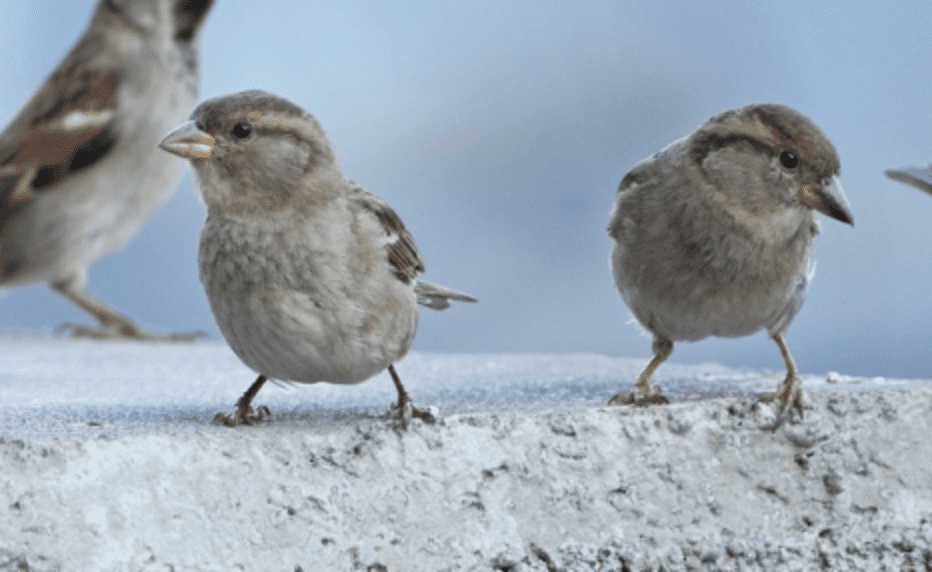
by Pigeon Patrol | Dec 7, 2020 | Bird Deterrent Products, Bird Netting, Bird Spikes, Pigeon Spikes, Pigeons in the News, Sparrows
Do Sparrow Cause Damage?
Damages Caused by Sparrows
- The sparrows are a host of some parasites and diseases. They are the source of dissemination of diseases like Chlamydiosis, Salmonellosis, Mycoplasma diseases, protozoal diseases and internal parasites like roundworms and tapeworms.
- Sparrows are recorded to possess bacterial pathogens which are common to humans like Salmonella and Escherichia coli. They serve as a reservoir host to transmit diseases to humans.
- They also host avian pox and avian malaria which spreads to the native birds.
- The sparrows are infested by a number of external parasites like mites, fleas or ticks.
- Localized damage to the grain fields can be done by sparrows as the feed in large numbers over a small area.
- Sparrows can damage the crops by feeding on seedlings, seeds, flowers and fruits.
- They interfere with the production of livestock especially poultry by contaminating their feed.
- Bird droppings can cause damage to the roofs as they are very acidic in nature. They may cause damage to the machinery like air conditioner equipment’s, industrial machinery and may pose a health risk to workers. They also pose dangerous health risks to workers.
- Bird droppings can ruin plastics, chemical, and liquids when they are being manufactured.
- They enter through broken or unsealed holes into the attics of houses, apartments, and buildings. They construct their nests in such places and ruin the whole area with their bodily wastes.
- Sparrow’s nests may cause blockage of the drainage systems along with damage to the roofs.
House sparrows consume grains in fields and in storage. Localized damage can be considerable since sparrows often feed in large numbers over a small area. Sparrows damage crops by pecking seeds, seedlings, buds, flowers, vegetables, and maturing fruits. They interfere with the production of livestock, particularly poultry, by consuming and contaminating feed.
Because they live in such close association with humans, they are a factor in the dissemination of diseases (chlamydiosis, coccidiosis, erysipeloid, Newcastle’s, parathypoid, pullorum, salmonellosis, transmissible gastroenteritis, tuberculosis, various encephalitis viruses, vibriosis, and yersinosis), internal parasites (acariasis, schistosomiasis, taeniasis, toxoplasmosis, and trichomoniasis), and household pests (bed bugs, carpet beetles, clothes moths, fleas, lice, mites, and ticks).
House sparrow droppings and feathers create janitorial problems, as well as hazardous, unsanitary, and odoriferous situations inside and outside of buildings and sidewalks under roosting areas.
Damage can also be caused by the pecking of rigid foam insulation inside buildings. The bulky, flammable nests of house sparrows are a potential fire hazard. The chattering of the flock on a roost is an annoyance to nearby human residents.
Habitat
The house sparrow is found in nearly every habitat except dense forests, alpine, and desert environments. Sparrows typically prefer human-altered habitats, particularly farm and grassy areas. It is the most common bird in most urban areas.
Food Habits
House sparrows are primarily granivorous. Plant materials (grain, fruit, seeds, and garden plants) make up 96% of the adult diet. The remainder consists of insects, earthworms, and other animal matter.
Garbage, bread crumbs, and refuse from fast-food restaurants can support sparrow populations in urban habitats.
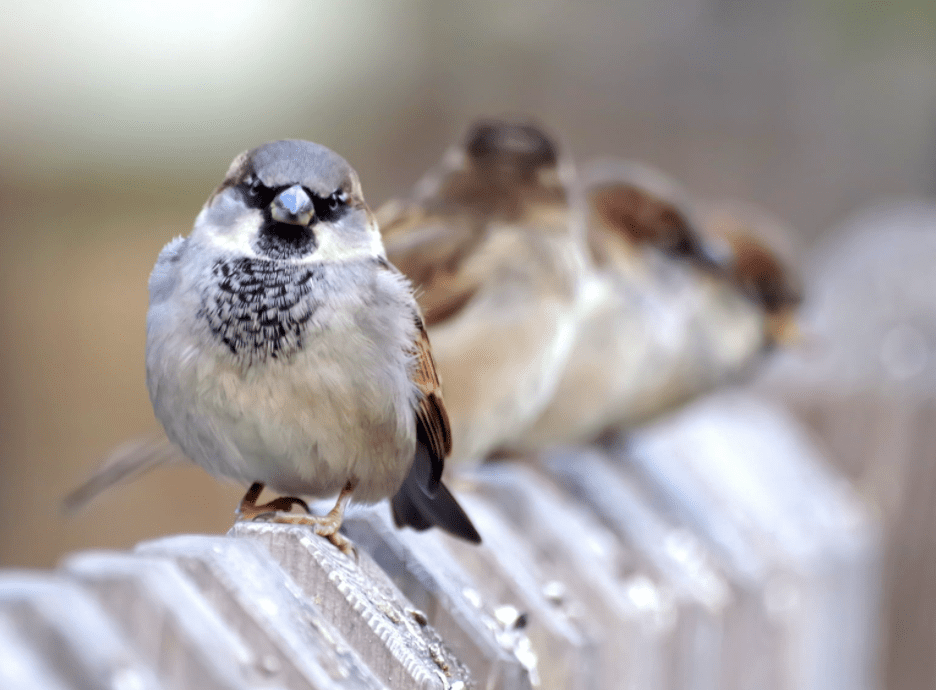
About Pigeon Patrol:
Pigeon Patrol Products & Services is the leading manufacturer and distributor of bird deterrent (control) products in Canada. Pigeon Patrol products have solved pest bird problems in industrial, commercial, and residential settings since 2000, by using safe and humane bird deterrents with only bird and animal friendly solutions. At Pigeon Patrol, we manufacture and offer a variety of bird deterrents, ranging from Ultra-flex Bird Spikes with UV protection, Bird Netting, 4-S Gel and the best Ultrasonic and audible sound devices on the market today.
Contact us at 1- 877– 4– NO-BIRD, (604) 585-9279 or visit our website at www.pigeonpatrol.ca
Pigeon / Pigeon Patrol / Pigeons Roosting / Vancouver Pigeon Patrol / Bird Control / Surrey Pigeon Control / Pest / Vancouver Pigeon Blog / Birds Inside Home / Pigeons in the cities / Ice Pigeons/ What to do about pigeons/ most common types of sparrows , Damages Caused by Sparrows
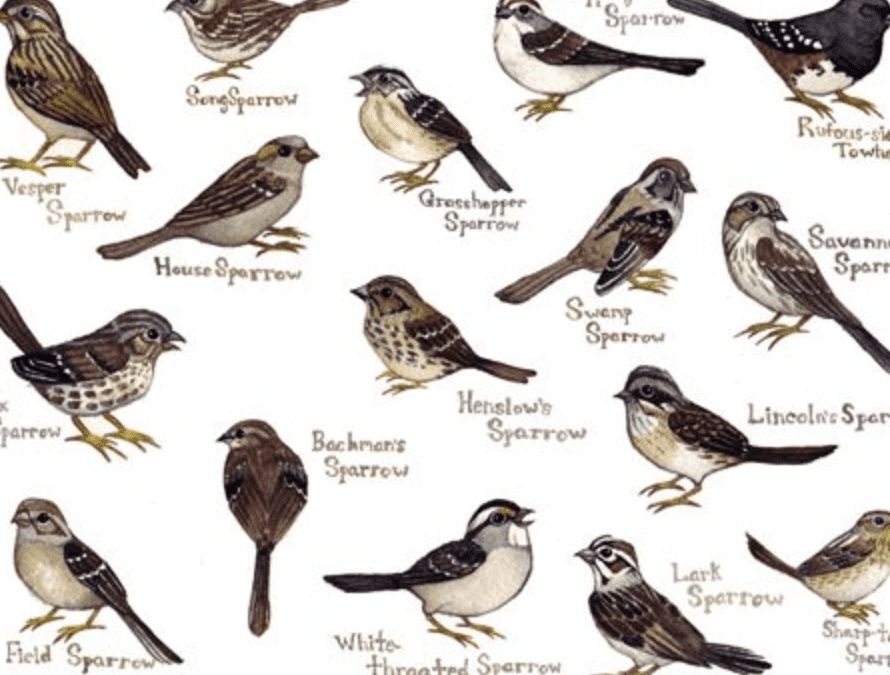
by Pigeon Patrol | Dec 7, 2020 | Bird Deterrent Products, Pigeon Spikes, Pigeons in the News
Most Common Types of Sparrow
The sparrows cover a wide range of small brown birds which are difficult to identify.

They have a distinctive appearance with white throat markings and yellow lore. There are two adult variations referred to as white-striped and tan-striped forms. The white-striped ones have the black crown with white central stripes while the tan-striped on the other hand has a dark brown crown with tan-central stripe. These species try to pair with partners possessing opposite color morphology for breeding. White-striped birds are more aggressive in nature than the tan-striped ones when they are in their breeding phase. Song sparrows resemble tan-striped White-throated sparrows, but they are heavily streaked below without any yellow markings on the face. These creatures are famous for singing their pleasant chirp notes frequently, even during the winter season. They are found near the grounds mostly in woods, forest, and bushy areas.
2. House sparrow
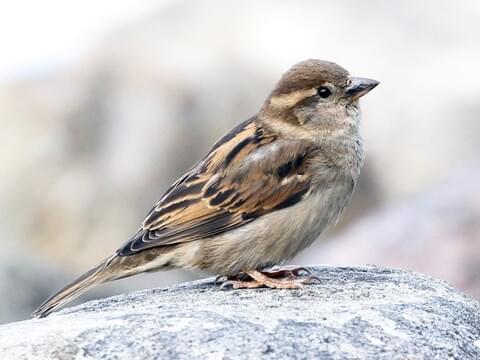
House Sparrow belongs to the family of sparrows. The species is almost found in every habitat and climates, the sociable house sparrows are found in close association to humans. Italian sparrow is closely related to housing sparrows and Spanish sparrows as it is also found in the Mediterranean regions. The common sparrow in East Asia does belong to House Sparrow, but its cousin called the tree sparrow. Native sparrows of North America are not considered to be the House Sparrows. They have long, rounded tail which they push up and down during their fly. These species avoids being in deserts or forests and is found in almost all parts of the world. Female house sparrows are pale brown and grayish in color while males have bright brown, black and white markings. It prefers to eat seeds of grain, wheat and may feed on insects. Its predators include cats, owls, hawks and other mammals. It is maltreated as an agricultural pest, kept as a pet, used as a food item and indicates a symbol of lust, sexual potency, commonness, and vulgarity. They feed on millets, acorns and sunflower seeds along with small insects. They build their nests with coarse dried vegetation and then use the finer material like feathers, strings or paper for linings.
 It is a fairly tame species with it’s widespread mostly found in North America. They are very pretty species with a splash of colors. Summer chipping sparrows are black with a bright rust crown while winter chipping sparrows are brown with dark upperparts. There is two subspecies Eastern and Western chipping sparrow. It is partial migrant flying towards South during winters and again towards North during spring. They sing loud, trilling songs most commonly in spring. Chipping sparrows may appear similar to American or Field sparrows, but you can identify them with a gray rump as it flies. They build their nest in a shrub or a tree, their nests, are flimsily constructed that light can easily pass through them. They feed on seeds of almost all varieties and protein-rich insects. Source
It is a fairly tame species with it’s widespread mostly found in North America. They are very pretty species with a splash of colors. Summer chipping sparrows are black with a bright rust crown while winter chipping sparrows are brown with dark upperparts. There is two subspecies Eastern and Western chipping sparrow. It is partial migrant flying towards South during winters and again towards North during spring. They sing loud, trilling songs most commonly in spring. Chipping sparrows may appear similar to American or Field sparrows, but you can identify them with a gray rump as it flies. They build their nest in a shrub or a tree, their nests, are flimsily constructed that light can easily pass through them. They feed on seeds of almost all varieties and protein-rich insects. Source
Most Common Types of Sparrow
About Pigeon Patrol:
Pigeon Patrol Products & Services is the leading manufacturer and distributor of bird deterrent (control) products in Canada. Pigeon Patrol products have solved pest bird problems in industrial, commercial, and residential settings since 2000, by using safe and humane bird deterrents with only bird and animal friendly solutions. At Pigeon Patrol, we manufacture and offer a variety of bird deterrents, ranging from Ultra-flex Bird Spikes with UV protection, Bird Netting, 4-S Gel and the best Ultrasonic and audible sound devices on the market today.
Contact us at 1- 877– 4– NO-BIRD, (604) 585-9279 or visit our website at www.pigeonpatrol.ca
Pigeon / Pigeon Patrol / Pigeons Roosting / Vancouver Pigeon Patrol / Bird Control / Surrey Pigeon Control / Pest / Vancouver Pigeon Blog / Birds Inside Home / Pigeons in the cities / Ice Pigeons/ What to do about pigeons/ most common types of sparrows
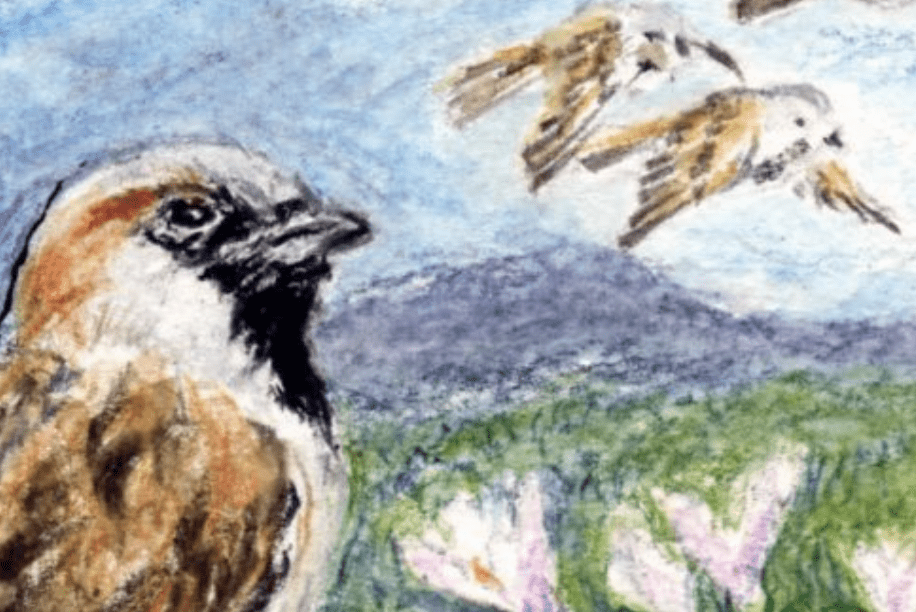


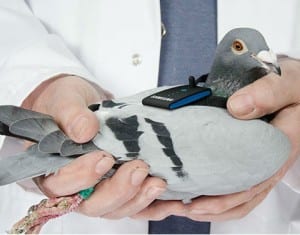
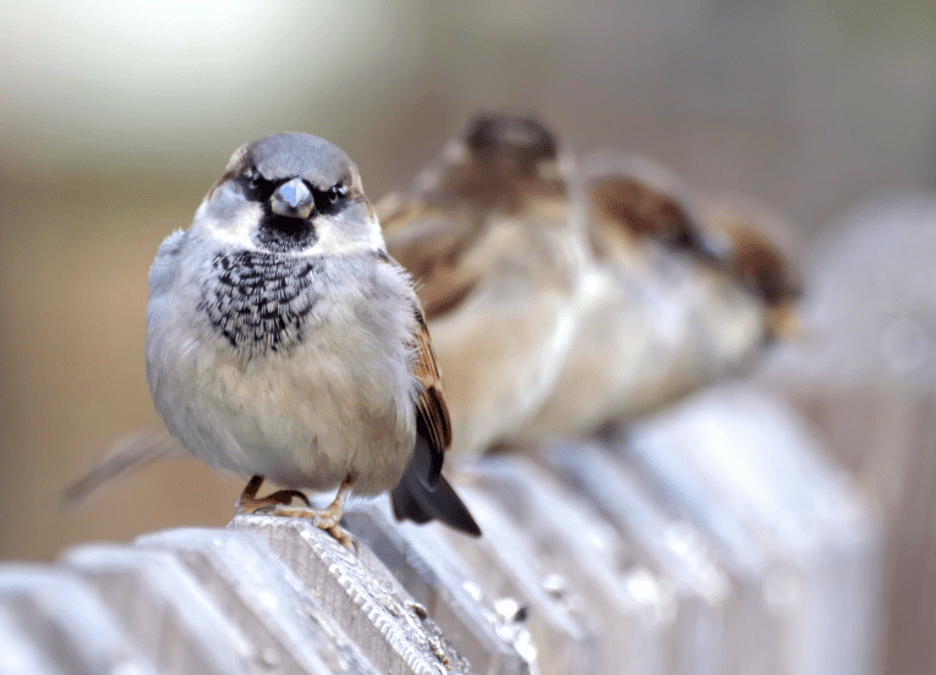






 It is a fairly tame species with it’s widespread mostly found in North America. They are very pretty species with a splash of colors. Summer chipping sparrows are black with a bright rust crown while winter chipping sparrows are brown with dark upperparts. There is two subspecies Eastern and Western chipping sparrow. It is partial migrant flying towards South during winters and again towards North during spring. They sing loud, trilling songs most commonly in spring. Chipping sparrows may appear similar to American or Field sparrows, but you can identify them with a gray rump as it flies. They build their nest in a shrub or a tree, their nests, are flimsily constructed that light can easily pass through them. They feed on seeds of almost all varieties and protein-rich insects.
It is a fairly tame species with it’s widespread mostly found in North America. They are very pretty species with a splash of colors. Summer chipping sparrows are black with a bright rust crown while winter chipping sparrows are brown with dark upperparts. There is two subspecies Eastern and Western chipping sparrow. It is partial migrant flying towards South during winters and again towards North during spring. They sing loud, trilling songs most commonly in spring. Chipping sparrows may appear similar to American or Field sparrows, but you can identify them with a gray rump as it flies. They build their nest in a shrub or a tree, their nests, are flimsily constructed that light can easily pass through them. They feed on seeds of almost all varieties and protein-rich insects.